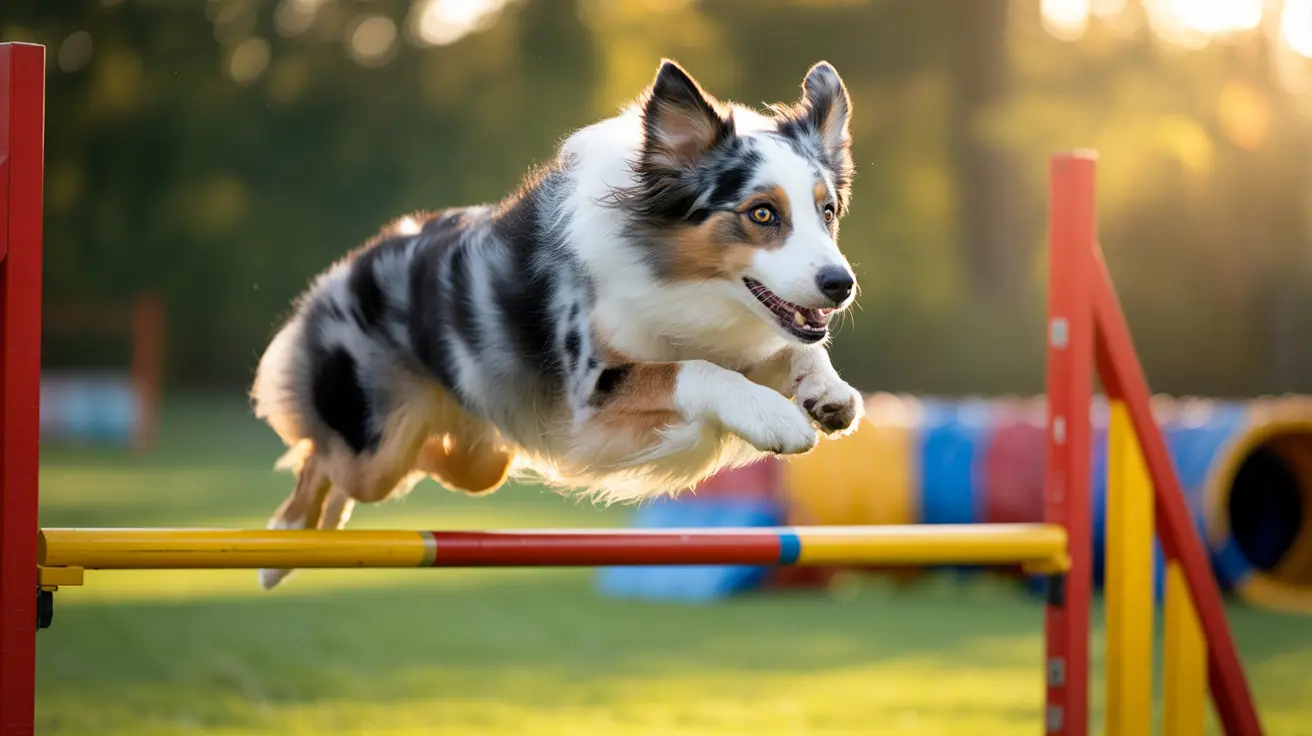Understanding the 3-3-3 Rule for Dog Anxiety and Adjustment
Adopting a new dog, whether a puppy, adult, or senior, is an exciting yet emotional journey. A commonly referenced guideline known as the 3-3-3 rule helps pet owners understand the phases a dog goes through when adjusting to a new home. This rule breaks down the adjustment timeline into three key stages: 3 days to decompress, 3 weeks to learn the household routine, and 3 months to feel fully at home.
Phase 1: The First 3 Days – Decompression
During the initial days, your dog may feel overwhelmed, scared, and unsure of the new surroundings. This is especially true for dogs coming from shelters, other homes, or challenging environments. Common behaviors include:
- Hiding or avoiding interaction
- Lack of appetite or sleep
- Excessive sleeping or pacing
- Accidents in the house due to stress
Tips for this phase:
- Provide a quiet, safe space with a cozy bed
- Avoid overwhelming social interactions
- Stick to a calm, consistent schedule
- Be patient and observant of stress signs
Phase 2: The First 3 Weeks – Routine Learning
After decompression, your dog starts to observe and adapt to household routines. This is a critical bonding period where trust begins to build. Dogs start to learn:
- Feeding, walking, and potty schedules
- They can rely on you for care and safety
- Basic rules and boundaries of the home
- Initial training sessions and enrichment activities
This is also the time to begin positive reinforcement training. Use treats, praise, and gentle guidance to encourage desired behaviors.
Phase 3: At 3 Months – Feeling at Home
With patience and consistency, most dogs begin feeling more confident and comfortable in their new environment by the 3-month mark. By this stage, your dog may:
- Become more affectionate and playful
- Understand the home's rhythm and social expectations
- Show signs of trust and bond with family members
- Respond well to cues and training routines
At this point, you can start incorporating more complex training, trips to parks, or safe socialization opportunities, depending on your dog’s personality and comfort level.
How the 3-3-3 Rule Affects Dogs with Anxiety
Dogs suffering from anxiety, especially rescues or those with trauma, benefit greatly from the structure of the 3-3-3 rule. It allows them time to adjust without pressure, helping to lower cortisol levels and ease into a new emotional space.
Keep in mind:
- Every dog adjusts at their own pace; the 3-3-3 rule is a guideline, not a hard rule.
- Touch screen enrichment, puzzle toys, and scent games can be added gradually to help stimulate the mind and relieve anxiety.
- Look for positive signs: increased appetite, wagging tails, following you from room to room, or engaging in play.
Integrating Enrichment During Adjustment
As trust builds, you can layer in cognitive enrichment, especially for dogs who may also be older or have limited mobility. Examples include:
- Touch screen games: Dogs can interact with simple audio or visual games.
- Puzzle feeders: These reward problem-solving with food, keeping dogs engaged.
- Gentle obedience training: Helps establish communication and structure.
Final Thoughts
The 3-3-3 rule is a helpful framework to understand how dogs transition into new homes. While each pet is unique, approaching the first days, weeks, and months with empathy, consistency, and enrichment allows for smoother adjustment. Recognizing behavioral cues and creating a secure environment builds a foundation of trust and well-being crucial for lifelong companionship.





